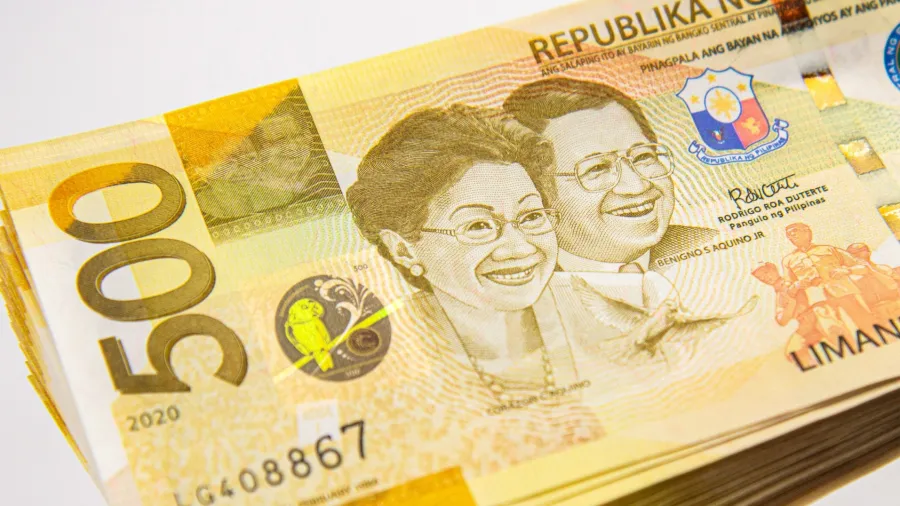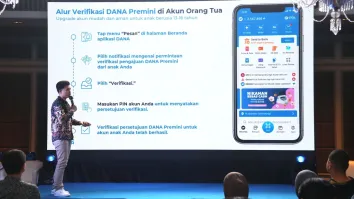
Wait and see tactics: PH central bank holds off on tightening monetary policies
However, a threat from the West makes it seem that the central bank may be overly confident.
Patience seems to be the theme of many central banks in Asia, with emerging markets such as Thailand, Malaysia, and Indonesia holding off on tightening monetary policies. Meanwhile, South Korea’s and Singapore’s central banks were confident enough to raise the federal fund rates. That is why, it was of great interest for many players on what the Philippine central bank will decide on, given that the country’s economy is showing signs of recovery.
In 2021, the country’s gross domestic product (GDP) grew at 5.6%, exceeding the government’s target of 5% to 5.5%. GDP growth in the fourth quarter was measured at 7.7%. The Philippines also saw its unemployment rate drop to 6.5% in November last year, the lowest for 2021 from a peak of 17.6% in April 2020.
So when the media got a chance to talk with BSP Governor Benjamin Diokno, he was asked: “Are there any plans to tighten monetary policies at this point?” To which he answered, “There is no rush.”
Diokno enumerated several reasons why the central bank is keeping a calm hand on the steering wheel.
Weighing both economic factors and uncertainties remaining given the risk of COVID-19 variants, Diokno said, “We need to maintain some flexibility in case conditions do not evolve as expected.”
Another thing that prompted the central bank to reign in any drastic measures or at least just keep watch as the situation develops is the huge lead in foreign direct investments (FDIs). FDIs leapt 48.1% to $8.1b from January to October 2021, which according to Diokno, are currently in line with the pre-pandemic levels.
Diokno added that they expect a huge leap in FDIs in the country, hinting that sectors, such as telecommunications, air, and marine, may see a huge increase in foreign investments in the country.
The BSP also said that inflation settled at 3% in January, the mid-point between its target rates of 2% and 4%.
“All these indicators point to improving external and domestic demand accompanied by within target inflation. Clearly, the Philippine economy is on solid recovery momentum,” Diokno said, adding not only that the Philippine economy is poised to make a full recovery this year, but is also under transition from lower to optimal middle income.
Looming threat
Despite the BSP clearly stating that it will keep a patient hand on its policy levers, there is still a cause for alarm as the US Federal Reserve may push through its rate increase, which may affect BSP’s decision on tightening monetary measures.
Currently, the US central bank is suffering the hottest inflation in 40 years.
The World Bank’s Philippine office said that even though the inflation rate stayed in the middle of the government’s projected expectations, rising US inflation and forthcoming monetary policy tightening are developments for policymakers to watch out for.
The Philippines’ central bank said it already acknowledged the risk from the US Fed rate increase and added that a gradual adjustment in US interest rates could help arrest a possible rise in financial vulnerabilities from the unprecedented policy support amid the global pandemic.
However, Diokno said the BSP does not necessarily have to move in tandem with the US Fed.
“We will try to be patient to make sure that we are really on our way to recovery. Because I don't like to be changing course in the middle of the recovery,” Diokno said, citing that it will affect the credibility of the central bank.
Not remained idle
Determined to help SMEs during the recovery period, BSP allowed new loans to them in compliance with the reserve requirements.
In January, the BSP had already lent micro small and medium enterprises a total of $4.60b coming from a base of $170m before the pandemic.
To ensure that recovery would continue, the BSP continued with their reforms in the form of the Financial Consumer Protection Act and the amendments to the charter of the Philippine Deposit Insurance Corporation.
The Financial Consumer Protection act will give the BSP more ‘teeth’, as it grants the central bank a quasi-judicial power to decide on complaints by financial consumers. This will also mean more power for BSP to be able to punish erring institutions, revoke licences, and impose sanctions to enforce responsible business conduct.
The amendment to the charter of the PDIC will transfer the PDIC from the supervision of the Department of Finance to that of the BSP. This will allow the central bank to conduct frequent reviews and adjustments of the maximum deposit insurance coverage that is currently at P$9,570 (P500,000), without having to amend the law.
Sustainability in the banking sector
The BSP also announced its progress in sustainability in the banking sector.
In April 2020, the Philippine central bank issued the Sustainable Finance Framework. This sets out the expectations of the BSP on the integration of sustainability principles, including those covering environment and social risk areas, in the corporate governance and risk management frameworks as well as in strategic objectives and operations of banks.
Under the sustainability framework, the BSP said it recognised the risk of climate change and other environmental and social risks that could pose financial stability concerns considering their significant and protracted implications on the bank’s operations and financial interests.
The BSP is particularly concerned about physical and transitional risks arising from climate change that could result in significant societal, economic, and financial risks affecting banks and their stakeholders. With this in mind, the BSP ordered banks to embed sustainability principles, including those covering environmental and societal risk areas, in their corporate governance framework, risk management, and strategic objectives consistent with their size, risk profile, and complexity of operations.
The central bank reported that 101 banks or around 20% of the 503 banks supervised by the BSP now have transition plans to more sustainable operations.
For banks yet to adhere to the Philippines central bank’s directive, the BSP said it will work with development partners to offer capacity building activities for them.
For the first phase of its ESG regulations in April 2020, the BSP gave broad supervisory expectations on the integration of sustainability principles across the operations of banks. The second phase, issued in October 2021, gave granular expectations to the banks’ board of directors to set strategic environmental and social (E&S) objectives for the bank’s credit operations.
Diokno said the third phase will be coming soon. This will include guidelines on the management of E&S risks in relation to the activities of banks. Additionally, the third phase will also cover the incentives that may be given to banks that will adhere to the sustainability framework.
You May Also Like:
Gov't support, high vax rates buoy Korean banks’ asset qualities: Fitch
Chinese banks seek workarounds amidst sanctions against Russia: report



















 Advertise
Advertise







